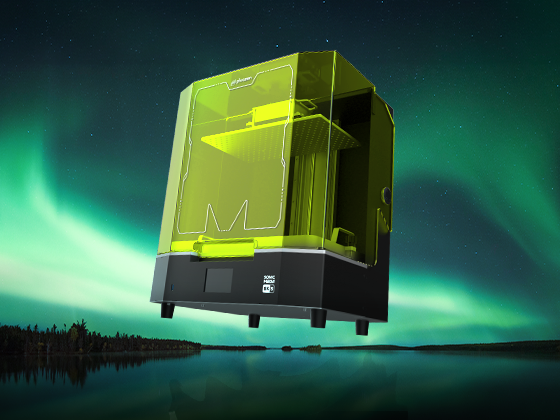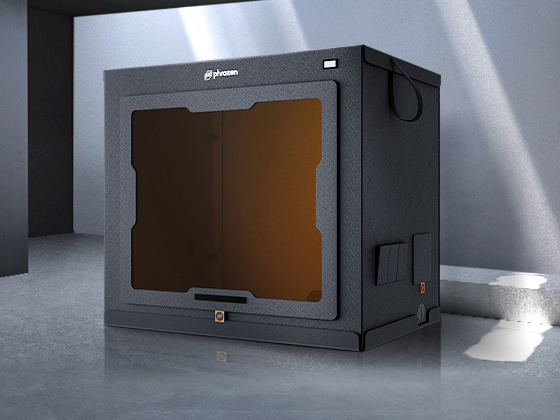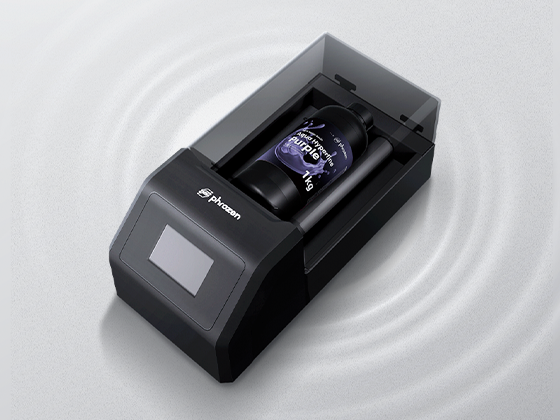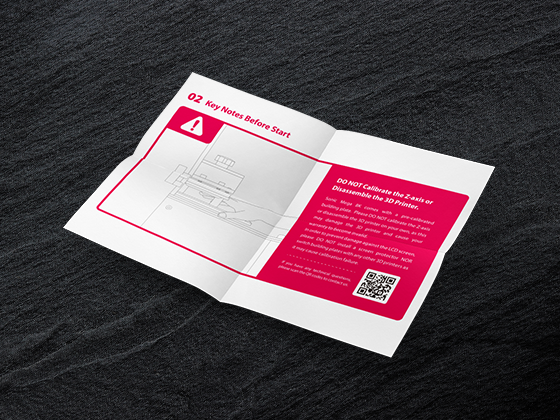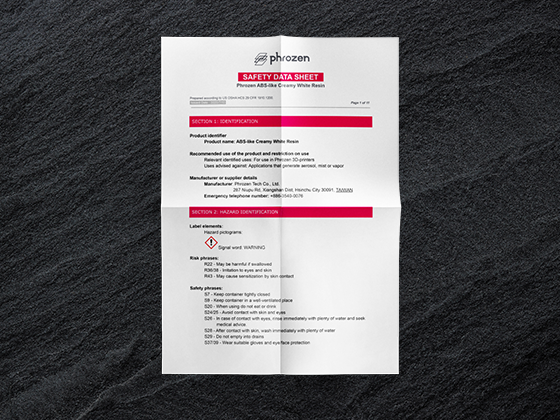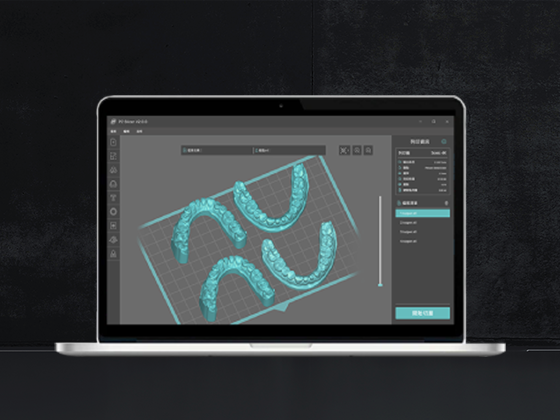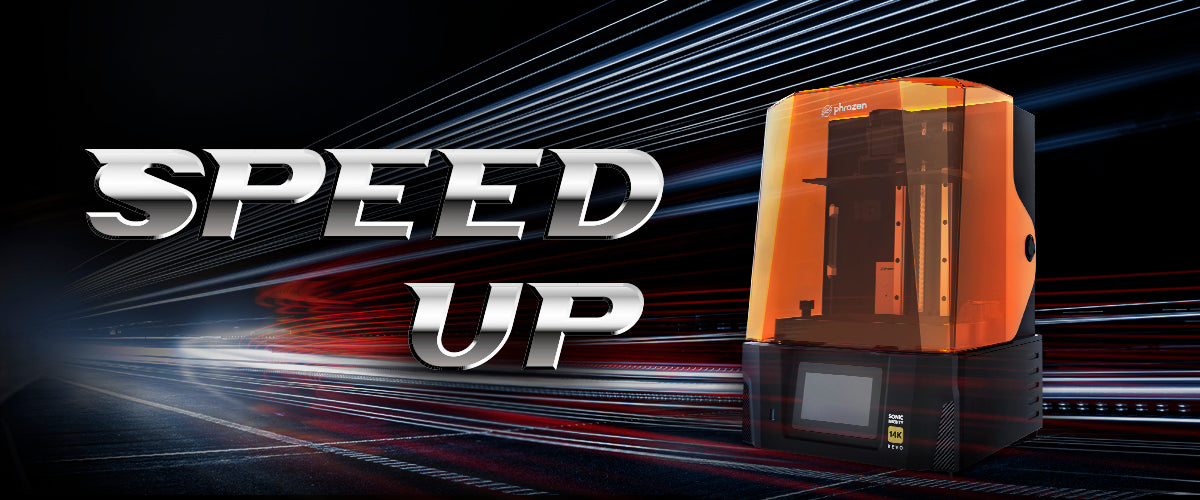Have you ever started a 3D print with high hopes, only to end up with a frustrating mess instead of the perfect model you imagined?
You’re not alone. 3D printing mistakes are something every beginner encounters, especially when working with resin printers. But here’s the good news: these mistakes are totally avoidable!
In this guide, we’ll chat about the most common 3D printing mistakes you’re likely to face and how to sidestep them like a pro. Ready to save yourself some headaches? Let’s dive in!
Exposure Calibration: The Foundation of a Great Print
Mistake: Skipping exposure calibration.
We get it—you're excited to start printing and see your first masterpiece come to life. But if you skip the critical step of calibrating your printer’s exposure settings, you might be setting yourself up for failure right from the start.
Why It Happens: Eagerness to start printing without proper setup.
It’s super tempting to dive in and hit "print" without worrying about all those pesky settings. But here’s the thing: different resins and printers need different exposure times. If you don’t dial it in, you’ll likely end up with a series of frustrating failed prints.
Solution: Calibrate your exposure settings
Take a breath and spend some time on calibration. Tools like Chitubox make it easier to find the sweet spot for your exposure settings. Trust us, it’s worth it.
For Phrozen resins, we have a detailed guide on the right calibration settings.
Tip: Run a few test prints to get your settings just right.
Yes, it takes a little extra time upfront, but it’ll save you a ton of trouble (and resin) later. Get those settings dialed in and watch your success rate soar.
Firmware and Software Updates: Don’t Ignore Them!
Mistake: Not updating the printer's firmware.
You wouldn’t skip updates on your phone, right? Well, your 3D printer is no different. Ignoring firmware updates can lead to all sorts of common 3D printer issues.
Why It Happens: Overlooking the need for updates that improve functionality.
It’s easy to think that the firmware your printer shipped with is good enough. But manufacturers regularly release updates that can fix bugs and even improve print quality.
Solution: Regularly check for and install firmware updates.
Make it a habit to check your printer manufacturer’s website for firmware updates. These updates can make a huge difference in how well your printer performs.
Tip: Keep your slicing software up-to-date too.
Don’t forget about your software! New updates often include optimizations that can prevent 3D print mistakes and help you get the best results.
Printing Too Fast: Patience Pays Off
Mistake: Increasing lift speed to reduce print time.
We know the feeling: you’ve been waiting hours for your print to finish, and it’s taking forever. So why not speed it up a bit? Unfortunately, this can backfire.
Why It Happens: Impatience and the desire to complete prints faster.
It’s only natural to want your print done faster, but cranking up the lift speed can lead to 3D printing mistakes like failed prints or warped models.
Solution: Understand the risks of increased peel forces.
When you speed things up, you increase the forces acting on your print as it peels away from the FEP film. This can cause weak spots to break or supports to fail.
Tip: Keep lift speeds moderate to ensure your print survives.
It might take a bit longer, but keeping those speeds moderate will increase your chances of getting a flawless print. Patience is key!
Insufficient Resin: Don’t Let Your Print Run Dry

Ensure your vat has enough resin for your project
Mistake: Not adding enough resin to the vat.
Imagine this: your print is almost done, and then the resin runs out. Suddenly, you’re left with a half-finished model. Frustrating, right?
Why It Happens: Misjudging the amount of resin needed.
It’s easy to underestimate how much resin a print will use, especially if you’re new to the game.
Solution: Always ensure there’s enough resin in the vat before you start.
Before you hit "print," double-check that your vat has enough resin to complete the job. Better safe than sorry!
Tip: Set reminders to top up resin during long prints.
For those marathon prints, set an alarm to remind yourself to check the resin level. A quick top-up can prevent 3D print mistakes and save you from a lot of frustration.
There are tons of resins in the market and it can be hard to figure out which one is the right fit for your project. Check out our blog, 'How to Choose the Right 3D Printing Resin: The Only Guide You'll Need,' for a detailed guide to help you pick the right resin.
Overloading the Build Plate: Less Can Be More
Mistake: Filling the build plate with too many models.
Since the print time is determined by the height of your models, it’s tempting to cram as many as possible onto the build plate. But beware—this can lead to issues.
Why It Happens: The desire to maximize print efficiency.
It feels efficient to print as many models as possible in one go, but overloading the build plate can increase the chances of 3D print mistakes.
Solution: Understand how peel and suction forces impact your print.
Overloading the plate increases the peel and suction forces, which can cause your prints to fail—especially with more viscous resins.
Tip: Space out your models and avoid overloading.
Printing in smaller batches might take longer overall, but it’ll reduce the risk of failed prints. Sometimes, less is more.
Improper Model Placement: Spread the Load
Mistake: Always printing in the same spot on the build plate.
Focusing on one area of the build plate can lead to uneven wear on the FEP film, which can then cause common 3D printer issues.
Why It Happens: Habit or lack of awareness.
You might not even realize you’re doing it, but printing in the same spot every time can wear out that area faster.
Solution: Vary the placement of your models.
Spread out your prints across the build plate to avoid overusing one spot. This helps extend the life of your FEP film.
Tip: Rotate the vat occasionally to balance wear.
Rotating the vat 180 degrees every so often can also help distribute wear evenly, keeping your FEP film in good condition for longer.
Not Securing the Build Plate: A Simple but Costly Mistake

Ensure that your build plate is fastened and secured
Mistake: Forgetting to tighten the build plate.
It’s such a small thing, but it can make a big difference. If your build plate isn’t secured properly, you’re almost guaranteed to run into 3D printing mistakes.
Why It Happens: Oversight during setup.
Sometimes, in the excitement to start printing, it’s easy to forget this critical step.
Solution: Always double-check the build plate before starting a print.
Make sure the build plate is firmly secured before you hit "print." It’s a quick check that can save you a lot of hassle.
Tip: Create a pre-print checklist to avoid missing steps.
Having a checklist can help you remember all the important steps before you start a print, reducing the likelihood of common 3D printer issues.
Ignoring Safety Precautions: Protect Yourself
Mistake: Not using proper safety gear.
Resin might not seem all that dangerous, but it’s a chemical that can harm your skin and lungs if you’re not careful.
Why It Happens: Underestimating the dangers of resin.
If you’re new to resin printing, you might not realize how important safety gear is—until it’s too late.
You must check out our detailed blog, 'Must-Have Tools for 3D Printing: The Only Guide You'll Need', to learn about all the necessary tools you'll be needing for your 3D printing project.
Solution: Always wear gloves, a mask, and safety glasses.
Safety first! Gloves protect your skin, a mask helps you avoid inhaling harmful fumes, and safety glasses keep your eyes safe from splashes.
Tip: Treat resin like the hazardous material it is.
Don’t take chances with your health. Work in a well-ventilated area, and always clean up spills immediately to avoid 3D printing mistakes that could affect your safety.
Not Draining Hollow Prints: Avoid the Blowout

Your hollowed model must have drainage holes
Mistake: Forgetting to add drainage holes to hollow models.
Hollowing out models saves resin, but if you don’t add drainage holes, you could be setting yourself up for a big mess down the line.
Why It Happens: Lack of knowledge or oversight.
Beginners might not realize that trapped resin in hollow prints can cause pressure to build up, leading to cracks or leaks.
Solution: Add multiple drainage holes to hollow models.
Make sure to include at least two drainage holes in your design—one for the resin to drain out and another for air to get in.
Tip: Place drainage holes strategically to maintain your model’s appearance.
Think about where to place your drainage holes so they don’t ruin the look of your model. A little planning goes a long way in avoiding 3D print mistakes.
Storing Resin Improperly: Don’t Let It Go Bad
Mistake: Leaving resin in the vat for too long.
If you’re not going to use your printer again soon, leaving resin in the vat can lead to separation or even curing, causing 3D printing mistakes.
Why It Happens: Forgetfulness or thinking you’ll print again soon.
It’s easy to leave resin in the vat if you think you’ll be printing again shortly, but sometimes life gets in the way.
Solution: Store unused resin back in the bottle.
If you’re not planning to print again in the next day or two, pour the resin back into its bottle. This keeps it fresh and prevents it from causing issues.
Tip: Use a metal funnel with a mesh filter when pouring resin back into the bottle.
This way, you can avoid contaminating your resin with cured bits or debris, reducing the chances of common 3D printer issues later on.
Conclusion
3D printing mistakes happen to everyone, especially when you’re just starting out with resin printers. But with a little knowledge and some careful planning, you can avoid these common pitfalls and enjoy smooth, successful prints.
Remember, it’s all about taking your time, paying attention to the details, and learning from your experiences. Keep these tips in mind, and soon enough, you’ll be creating flawless prints with confidence.
You can also check out our blog, 'How to Improve 3D Print Quality for Resin Printing: Proven Techniques', to learn the best ways to improve your 3D print quality.
Moreover, our blog, '3D Printer Buying Guide: Find the Perfect Printer for Your Needs' is a must read for beginners wanting to find the right printer for their needs.
FAQ: Common 3D Printing Mistakes to Avoid for Beginners
What are the most common 3D printing mistakes for beginners?
Answer: Some of the most common 3D printing mistakes include skipping exposure calibration, not updating firmware or software, printing too fast, using insufficient resin, overloading the build plate, improper model placement, not securing the build plate, ignoring safety precautions, forgetting to drain hollow prints, and improper resin storage. These mistakes can lead to failed prints, wasted materials, and even potential safety hazards.
Why is exposure calibration so important in resin 3D printing?
Answer: Exposure calibration is crucial because it ensures that the resin cures properly during printing. Without proper calibration, your prints might fail, resulting in wasted time and materials.
How often should I update my 3D printer’s firmware and software?
Answer: It’s a good idea to check for firmware and software updates regularly, ideally every few months. Manufacturers release updates to fix bugs, improve functionality, and sometimes add new features. Keeping your printer’s firmware and slicing software up to date helps avoid common 3D printer issues and ensures optimal performance.
Can I speed up my prints without causing problems?
Answer: While it’s tempting to increase the lift speed to reduce print time, this can lead to issues like increased peel forces, which can cause your prints to fail. It’s best to keep lift speeds moderate to avoid these 3D print mistakes. Patience is key for successful printing.
How do I know if I have enough resin in the vat for my print?
Answer: Before starting a print, always check the resin level in the vat. If you’re unsure, add a bit more resin to be safe. For long prints, set reminders to check and top up the resin if necessary to avoid running out mid-print.
Is it okay to fill the build plate with as many models as possible?
Answer: While it might seem efficient, overloading the build plate can lead to 3D print mistakes due to increased peel and suction forces. It’s better to print in smaller batches and space out your models to reduce the risk of failure.
Why do I need to vary the placement of models on the build plate?
Answer: Consistently printing in the same spot on the build plate can cause uneven wear on the FEP film, leading to more frequent 3D printing mistakes. By varying model placement and occasionally rotating the vat, you can extend the lifespan of your FEP film and improve print quality.
What safety precautions should I take when using resin?
Answer: Always wear nitrile gloves, a respirator, and safety glasses when handling resin. Work in a well-ventilated area to avoid inhaling harmful fumes, and clean up any spills immediately. Treat resin as a hazardous material to avoid potential health risks.
How do I properly hollow models and prevent trapped resin?
Answer: When hollowing a model, make sure to add at least two drainage holes—one for the resin to drain out and another for air to enter. This prevents pressure buildup inside the model, which can cause cracks or leaks over time.
What should I do with leftover resin in the vat after a print?
Answer: If you’re not planning to print again soon, pour the unused resin back into its bottle. Use a metal funnel with a mesh filter to avoid contaminating the resin. This helps prevent issues with resin curing in the vat and keeps your materials fresh for the next print.
How can I avoid forgetting to tighten the build plate?
Answer: Creating a pre-print checklist can help ensure you don’t miss any critical steps, like tightening the build plate. This simple habit can save you from many common 3D printer issues and improve your overall printing experience.
Why does my resin printer smell, and is it dangerous?
Answer: Resin printers emit VOCs (volatile organic compounds), which can be harmful if inhaled. The smell is an indicator of these fumes. To minimize exposure, work in a well-ventilated area, use a respirator, and consider using an enclosure with proper ventilation to the outside. It’s essential to take these precautions seriously to avoid health risks.


